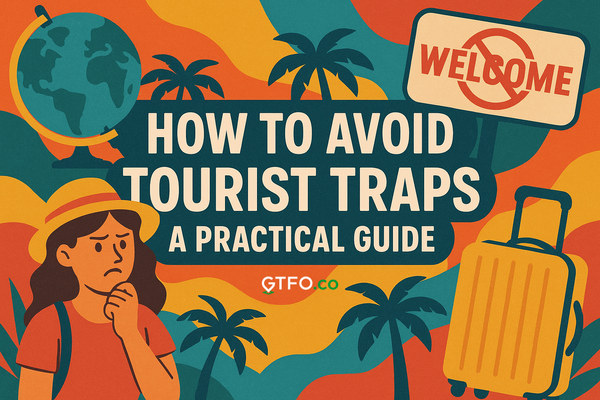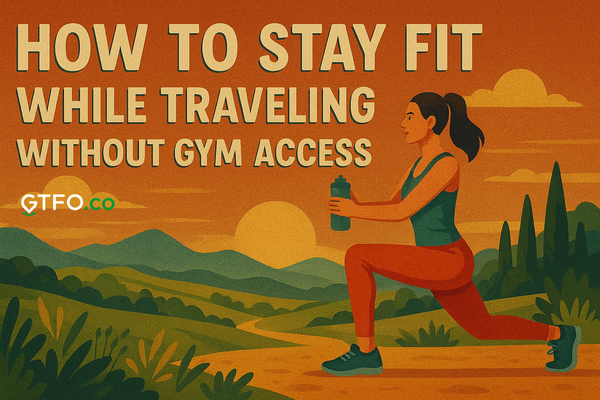Traveling to Japan For the First Time: What You Actually Need to Know
First trip to Japan? Skip the generic advice. This no-nonsense guide covers the real stuff - from navigating train chaos to avoiding awkward onsen moments - so you can actually enjoy your trip instead of stressing over details.

Key Takeaways
- Transport hacks: IC cards beat JR Passes for most travelers now
- Cash is still king outside major cities despite Japan's tech image
- Etiquette rules that matter (and ones you can ignore)
- When to book accommodations and transport for best prices
- Underrated alternatives to overcrowded tourist spots
Japan overwhelms first-timers. Not because it's difficult, but because everyone bombards you with "must-know" tips that often don't match reality. After helping hundreds of travelers navigate their first Japan trips, here's what actually matters.
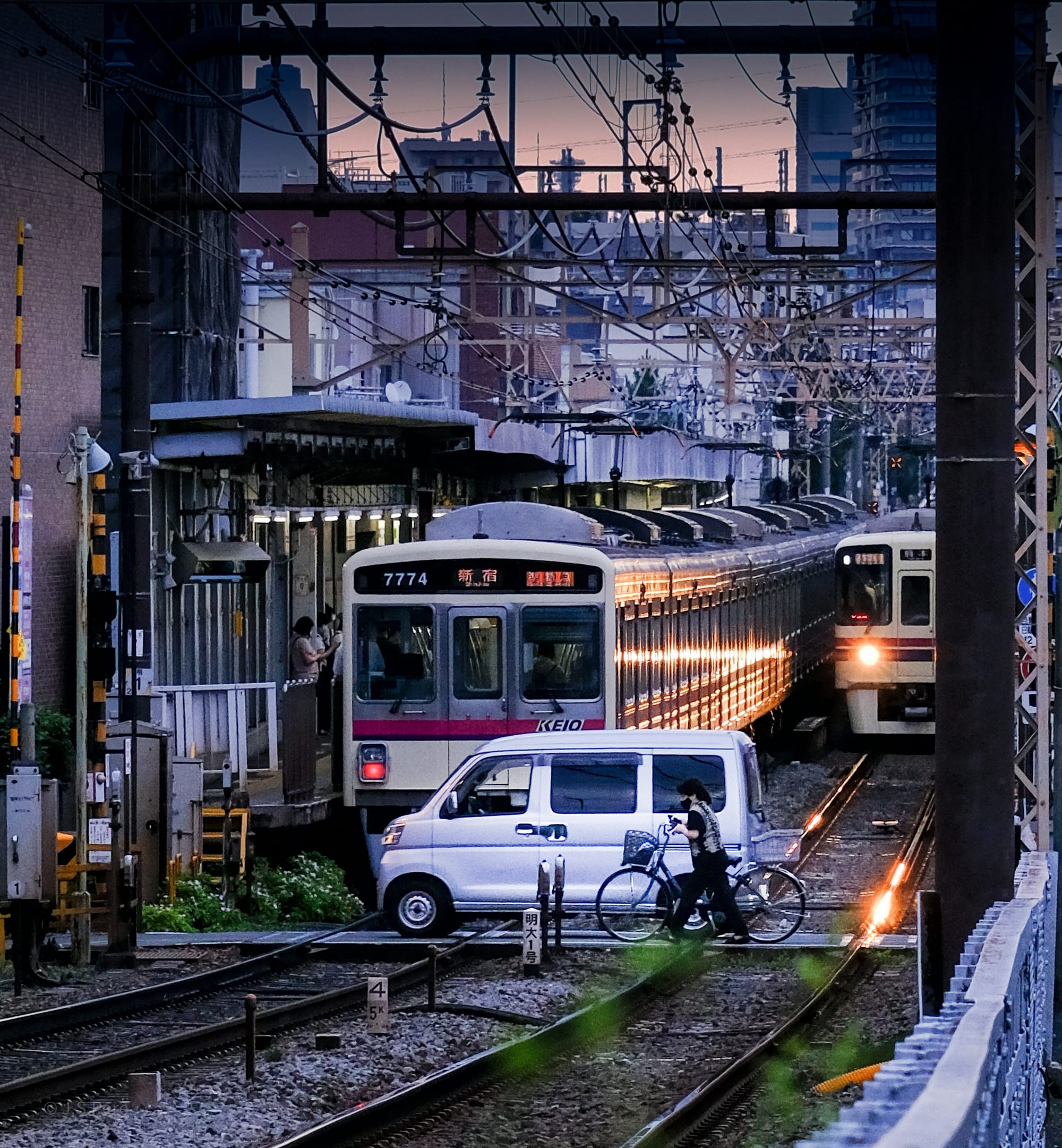
1. Transportation: Forget Everything You've Heard
The JR Pass Myth
With the 2023 price hike, the Japan Rail Pass only makes sense if you're:
- Doing Tokyo > Kyoto > Hiroshima > Tokyo within 7 days
- Traveling during peak season when individual tickets cost more
What to do instead:
- Get a Suica/Pasmo IC card (works on all subways/buses/vending machines)
- Compare regional passes if sticking to one area
- Book Shinkansen tickets early via SmartEx app
Pro tip: Green cars (first class) often cost just 20% more but guarantee space for luggage
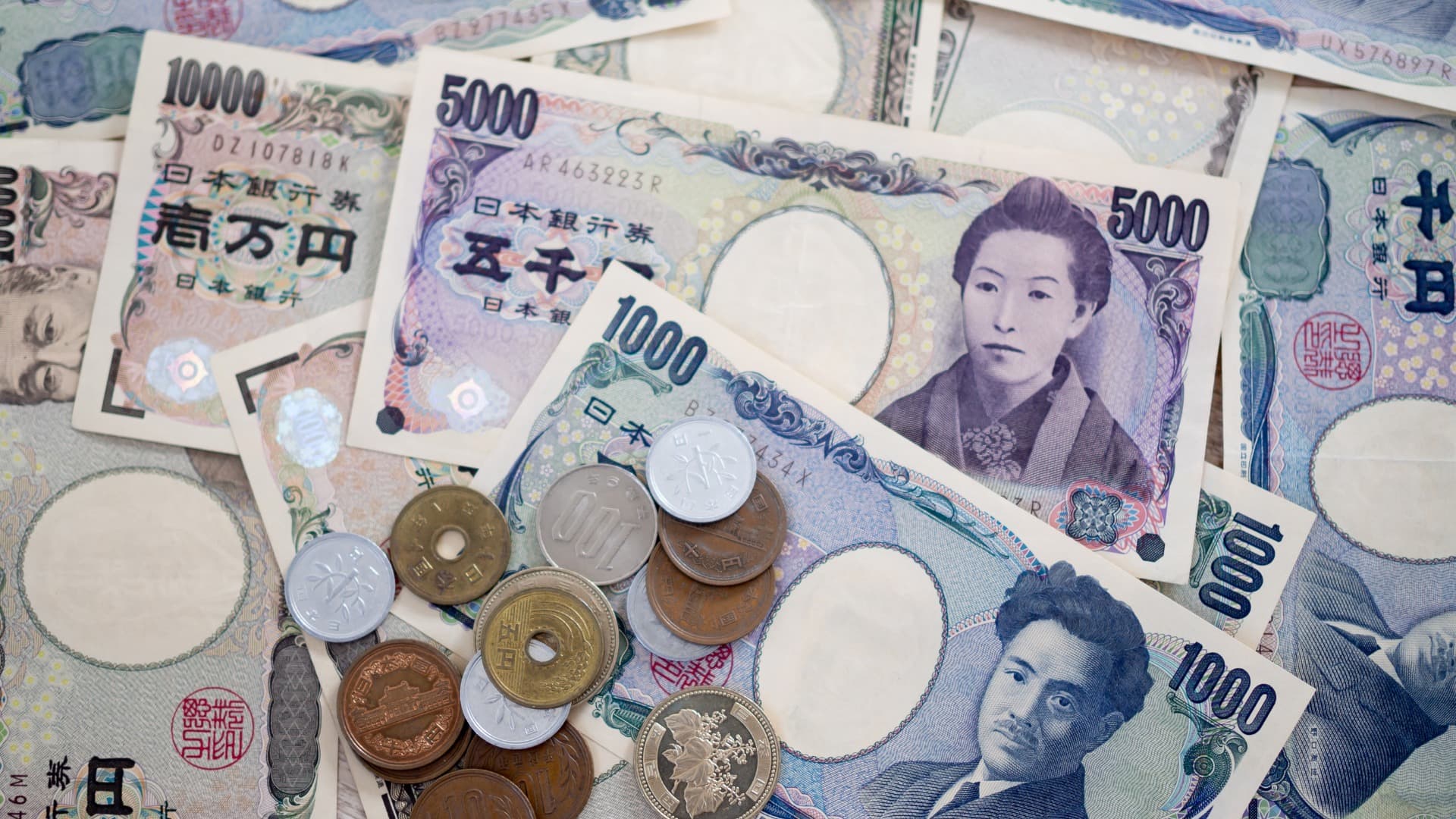
2. Money: Japan's Cash Paradox
Where you'll need cash:
- Rural areas (even some ATMs don't take foreign cards)
- Small restaurants (especially ramen shops)
- Temple entrance fees
- Bus fares outside major cities
Where cards work fine:
- Convenience stores (7-Eleven accepts Apple Pay)
- Department stores
- Chain restaurants
ATM hack: 7-Eleven ATMs have English menus and no fees for international cards
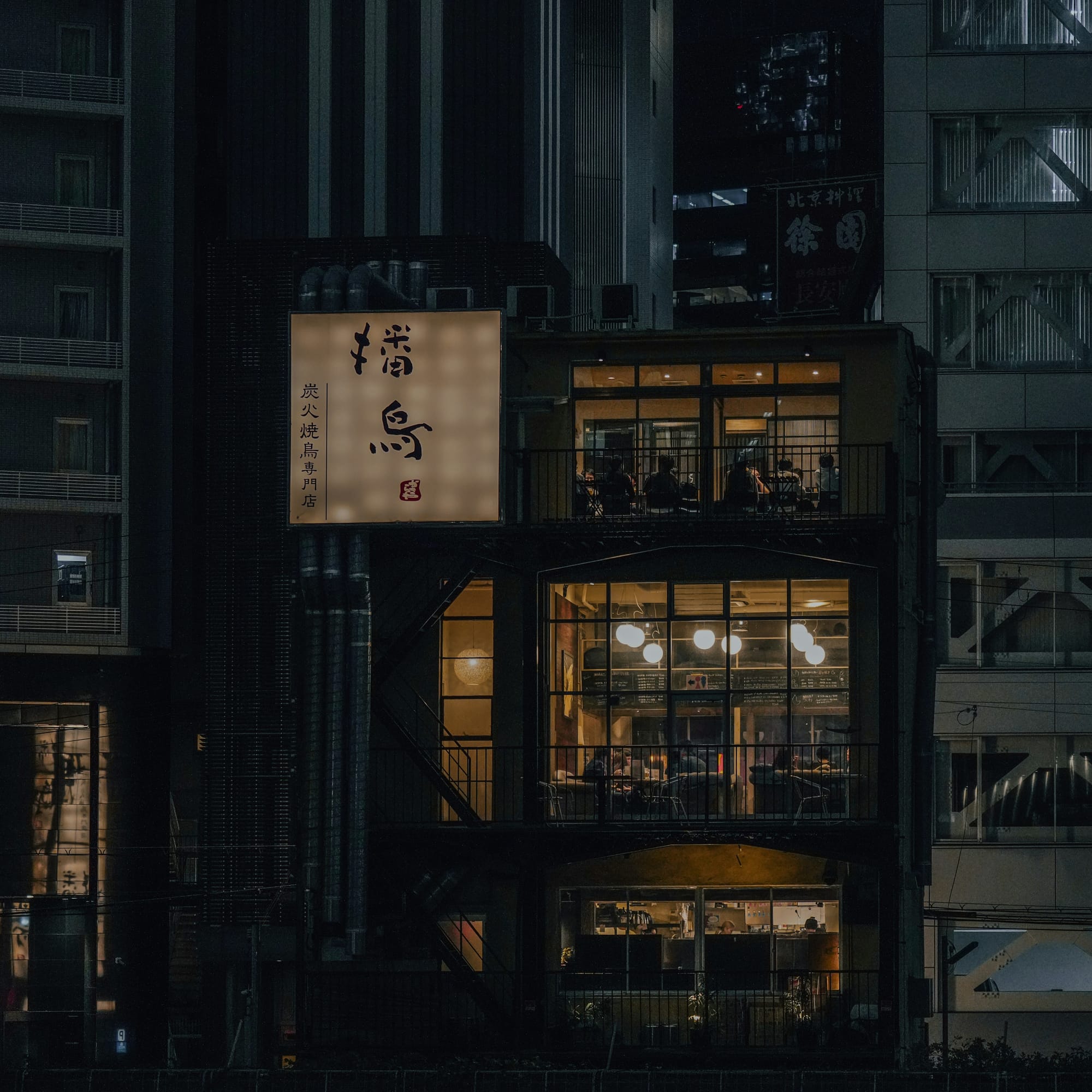
3. Accommodation Reality Check
What no one tells you about Japanese hotels:
- Rooms are smaller than photos suggest (a "double" bed is often just full-size)
- Check-in times are strict (usually 3PM, rarely flexible)
- Many don't accept foreign credit cards for online bookings
Better options:
- Business hotels (clean, affordable, great locations)
- APA Hotels (controversial but convenient)
- Minshuku (family-run guesthouses) for authentic experience
Booking tip: Use Agoda for better rates than Booking.com in Japan
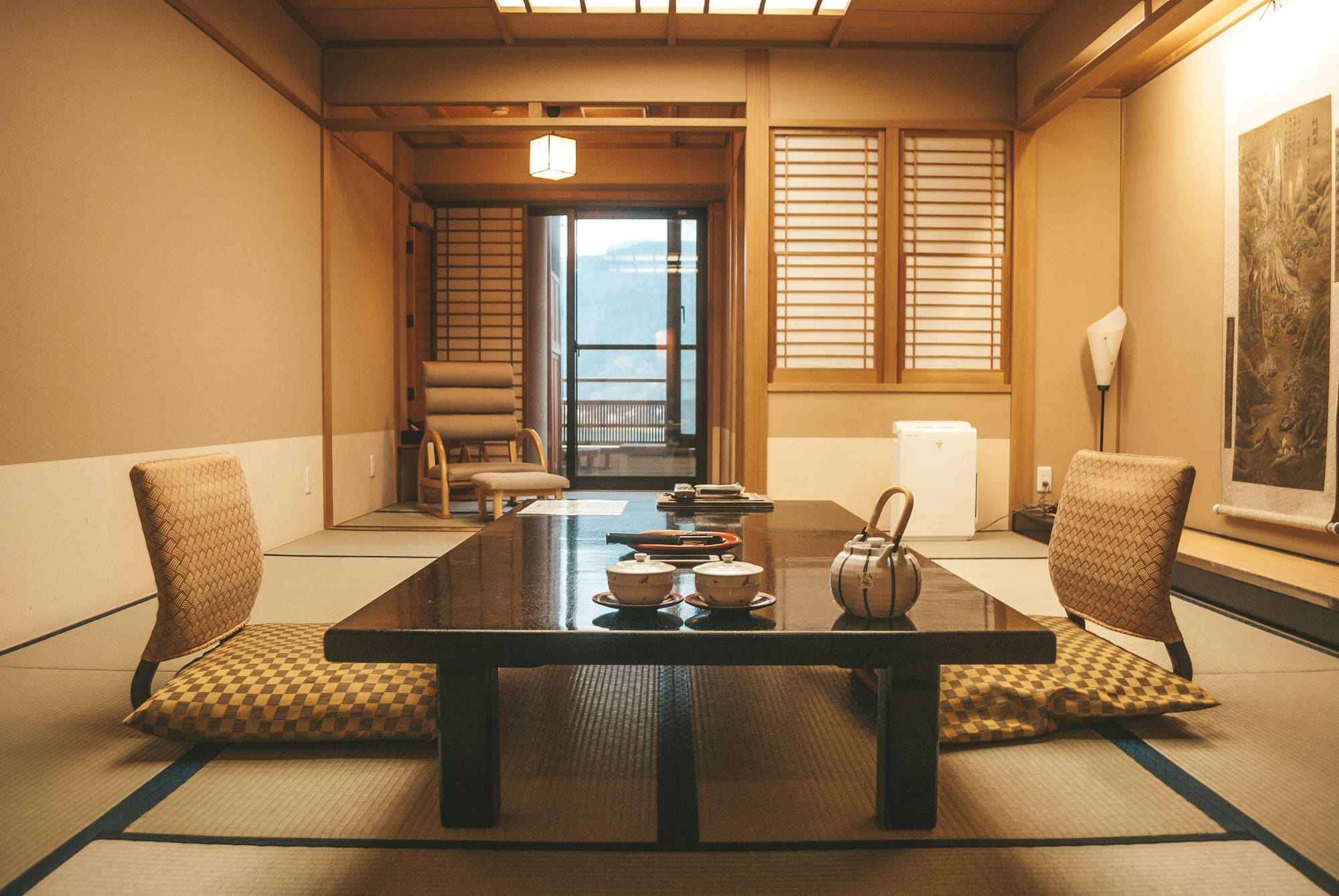
4. Etiquette: Real Rules vs. Tourist Myths
Actually important:
- Remove shoes when you see a step up or slippers provided
- Don't blow your nose in public (go to a bathroom)
- Be quiet on trains (no calls, loud conversations)
Overhyped "rules":
- Bowing perfectly (a nod is fine)
- Chopstick etiquette (unless you're stabbing food dramatically)
- Tipping (they'll just be confused)
Onsen survival:
- Wash thoroughly before entering
- No swimsuits (yes, really)
- Tie up long hair
- Small towel stays out of the water
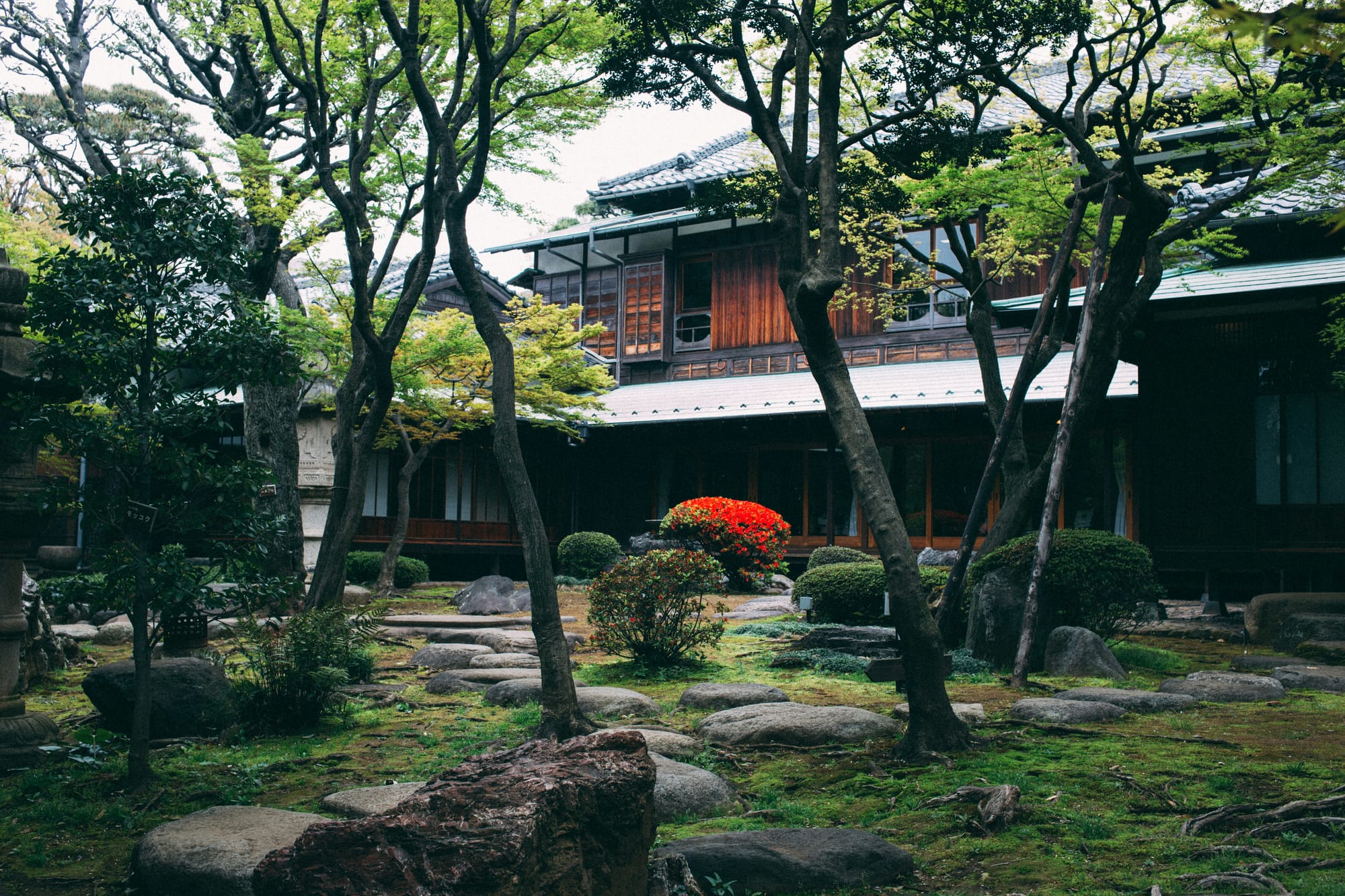
5. When to Go (And When to Avoid)
Best months:
- Late April/May: After cherry blossom crowds, before rainy season
- October/November: Perfect weather, fall colors
- February: Cheaper, great skiing
Worst months:
- Golden Week (late April/early May): Everything booked, prices triple
- August: Oppressive heat, Obon holiday closures
- New Year's: Many businesses closed Dec 29-Jan 3
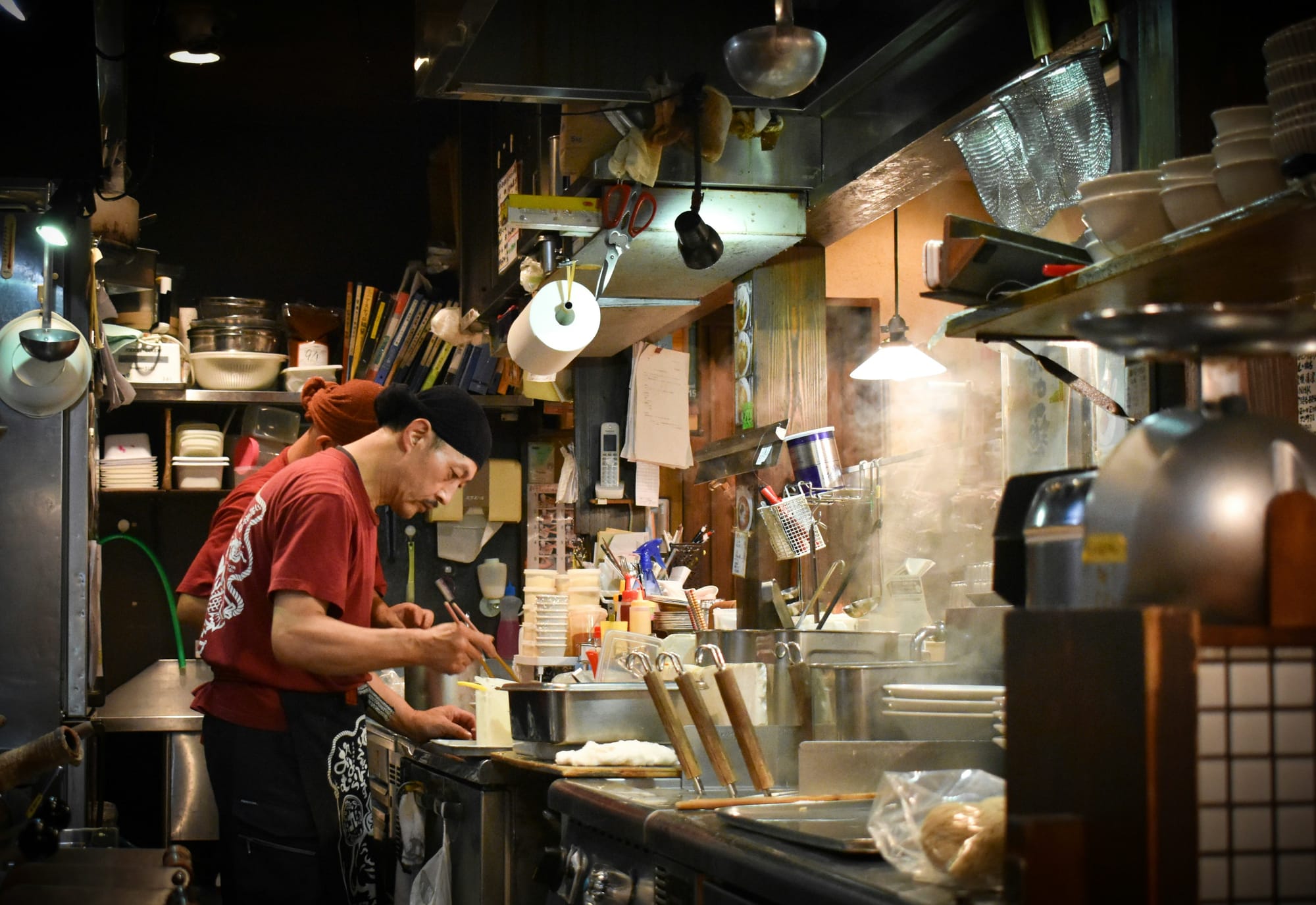
6. Food You Must Try (That's Not Sushi)
Underrated eats:
- Convenience store egg salad sandwiches (seriously)
- Yakitori (grilled chicken skewers) at standing bars
- Katsudon (pork cutlet rice bowl) at train station shops
Reservation hacks:
- Use Pocket Concierge for high-end places
- Walk into mid-range spots right at opening
- Department store basements have amazing takeout
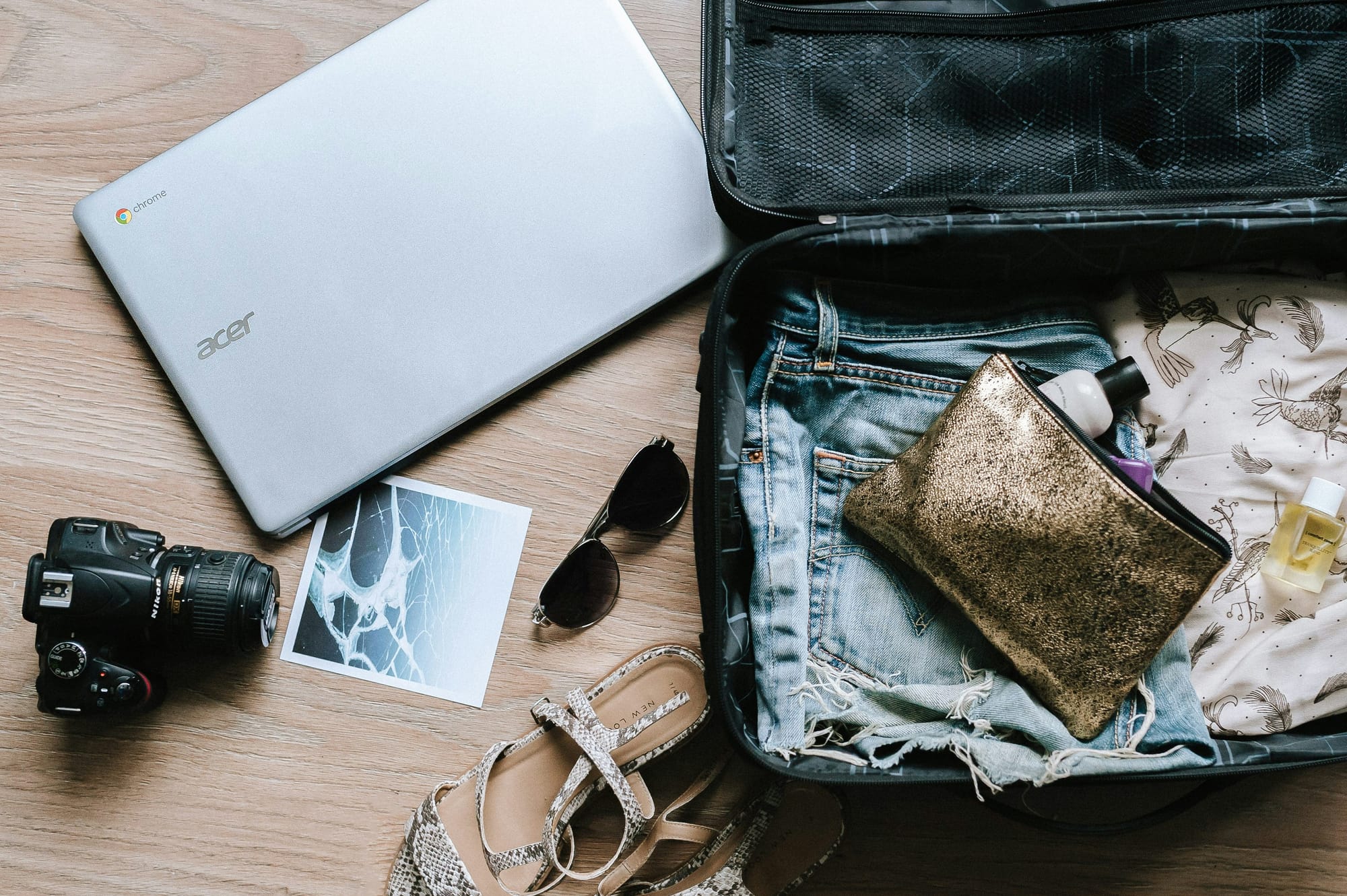
7. What to Pack (And What to Skip)
Essential:
- Comfortable slip-on shoes (you'll be removing them constantly)
- Portable WiFi or eSIM
- Small coin purse (you'll accumulate ¥500 coins)
- Foldable shopping bag (for trash and souvenirs)
Leave at home:
- Tons of cash (ATMs everywhere)
- Formal clothes (unless business meetings)
- Huge luggage (hard to manage on trains)
8. First-Timer Itinerary Framework
5-Day Starter Trip:
- Days 1-3: Tokyo (Shibuya, Shinjuku, Asakusa)
- Day 4: Day trip to Hakone or Nikko
- Day 5: Kyoto highlights (Fushimi Inari, Kiyomizudera)
10-Day Ideal Trip:
- Add Hiroshima/Miyajima
- Overnight in a ryokan
- Osaka food crawl
Japan gets better when you stop trying to "do it all." Pick 2-3 areas max, go deeper, and save the rest for your next trip. The country isn't going anywhere.



